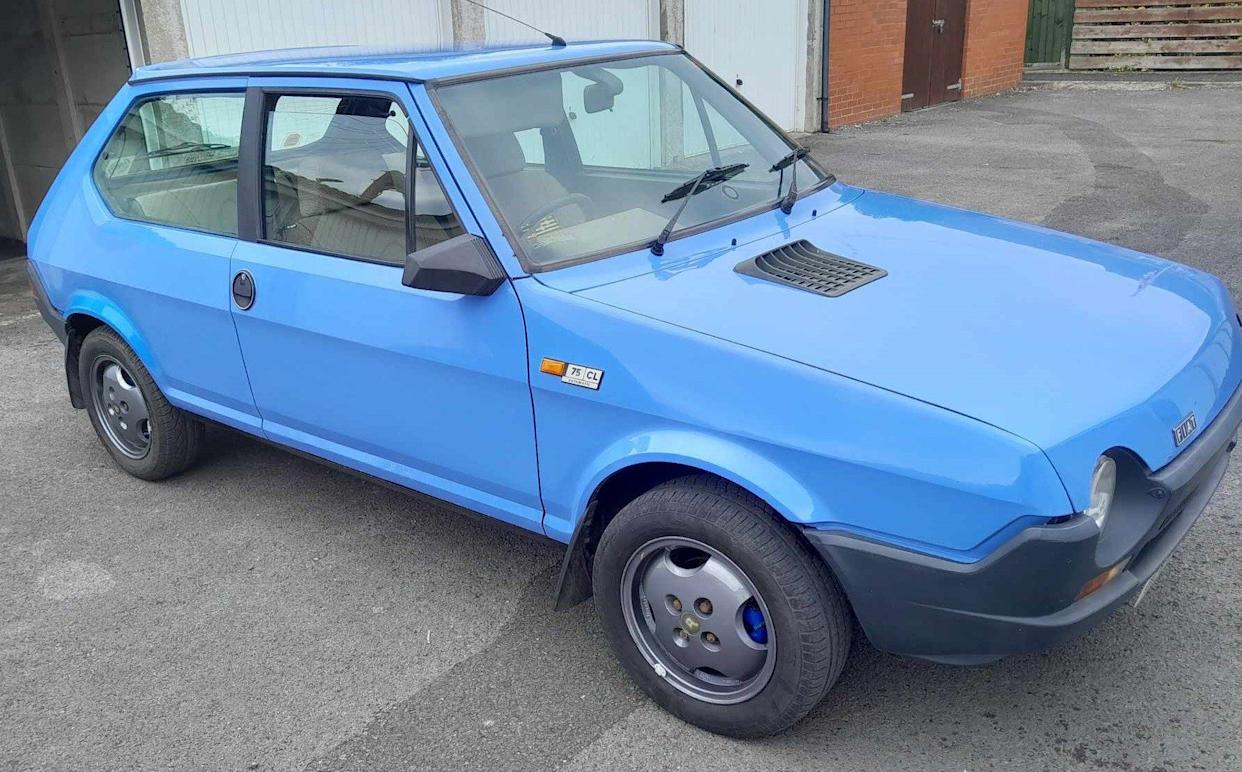
Fiat GB famously promised the Strada as being designed with a computer, silenced by a laser and built by a robot.
From a total production of almost 1.8 million, Chris Reynolds’s 1981 example is the only surviving 75 CL Automatic still on the road in the UK and one of only 32 of all types in a roadworthy condition.
Project 138, the eventual replacement for the Fiat 128, began in 1972 with the objectives of generous interior space and a distinctive appearance. The new model employed its predecessor’s front-wheel drive, transverse engine layout while Sergio Sartorelli’s hatchback bodywork design had a drag coefficient of only 0.38.
The Ritmo – Fiat used the Strada name in English-speaking markets – debuted in June 1978, with UK imports commencing in May 1979. Fiat GB’s publicity emphasised the three or five-door Strada’s fuel economy in the wake of the oil crisis prompted by the Iranian Revolution. “Listen, if we are going to leave any oil for our kids…” began one .

The Strada lacked any “sexy bulges” or “chrome embellishments”, while Fiat believed firms were doing away with “flashy, uneconomic or unreliable” company cars.
Fiat also made much of how industrial automation specialist Comau’s “Robogate” production system produced the Strada, although this set-up was not universally well-received in Italy. When the television launch commercial’s director, Hugh Hudson, arrived at the factory, there were picket lines and piles of burning tyres.
However, the result, Handbuilt by Robots, was one of the most memorable car s of the 1970s.
The concessionaire imported the 1.3-litre 65 and the 1.5-litre 75 CL, the latter with a choice of standard five-speed gearbox or optional three-speed automatic transmission. The Strada’s bumpers integrated with the bodywork (a first for an Italian car) and the flush-fitting door handles were certainly distinctive. The Telegraph thought: “The styling makes it stand out in a car park, particularly the wide use of plastics,” even if the heater air intake on the bonnet was “a strange excrescence”.
Motor Sport similarly complained about the “ugly air-intake grille atop the bonnet lid” and wheels that were “the ugliest in the business”. Noel Edmonds on Top Gear found the Strada’s dashboard layout “absolutely ridiculous” and was not happy with the clock’s position.
Furthermore, he added: “I think it is positively ugly. To me, it looks like a young child wearing very unfortunate National Health specs.”
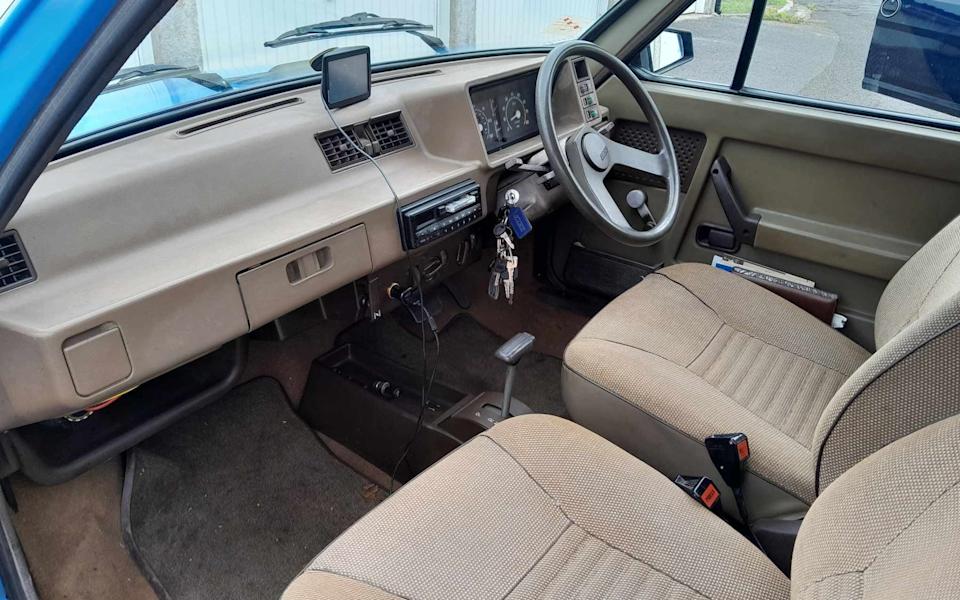
This newspaper seems to have approved more of the Strada’s looks, saying it had “a style, shape and personality of its own”. The 75 CL was also “markedly relaxed for motorway cruising”.
Autocar believed its looks “would appeal to many buyers” and Motor Sport said the Strada “put some of the fun back into utility motoring, just as the 2CV and Mini did years ago”. Motor Trend in the US described it as representing “a quantum leap in automotive design over the 128”. Less positively, WTVJ in Miami reported that its test Strada needed a push-start from the camera crew.
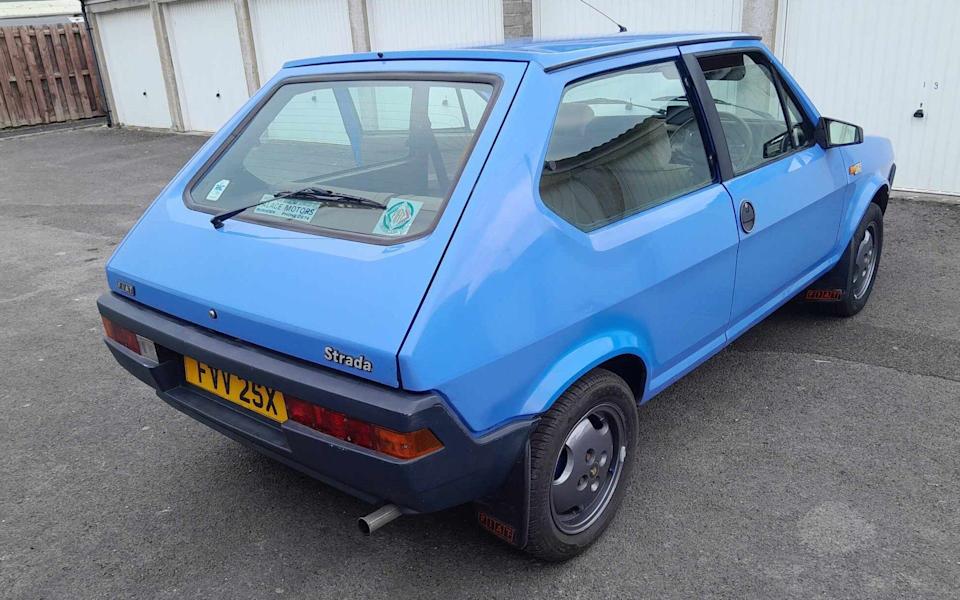
By late 1981, a three-door 75 CL Automatic such as this cost £4,509, while a Volkswagen Golf (still the Mk1 at that time) GL five-door Automatic was £5,495 and a three-door Ford Escort Mk3 GL cost £5,293. The facelifted Series II debuted in 1982; UK-market cars now sported four round headlights. Fiat introduced the third-generation version in 1985, while production ended in 1988 after 1,790,000 units with the introduction of the Tipo.
Today, while you might see an Abarth-tuned, high-performance Strada 130 TC (for Twin Cam) at a car show, the modest L and CL appear almost as forgotten as The Trevor Baker All-Weather Show on Southern Television. This vehicle’s owner, Reynolds, is an avid fan of the Strada and owns several examples; unsurprisingly, he firmly disagrees with Edmonds’s views on the car.
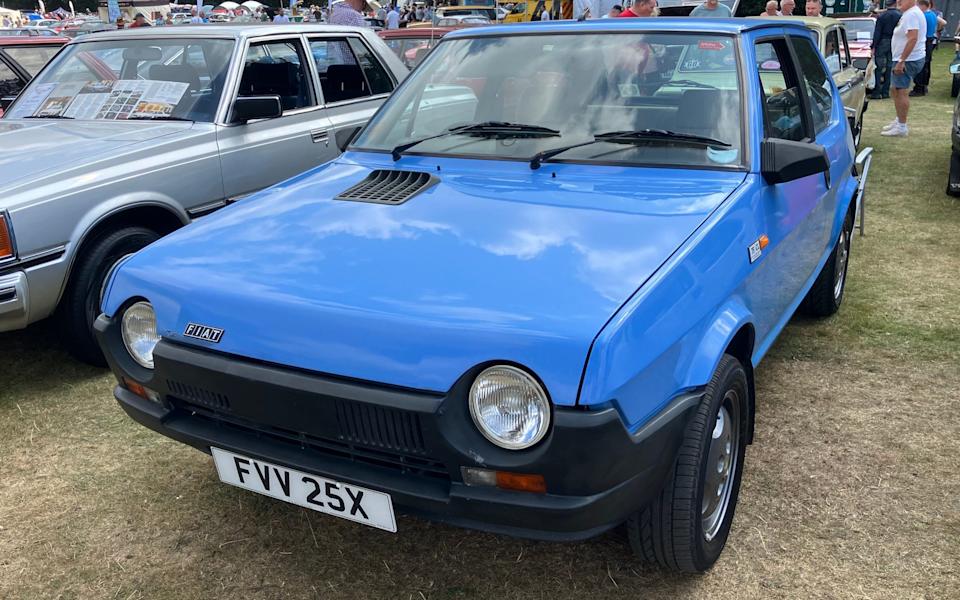
By 2025 standards, the Strada looks diminutive; only 12ft 11in long, while a modern 600e is 13ft 8in. The 75 CL is also a reminder of a lost world when a digital clock, “stereo radio”, cigarette lighter and front head restraints were sales features in a car showroom.
And, thanks to Hugh Hudson’s 1979 television commercial, the Reynolds Fiat instantly puts many people in mind of Figaro’s Aria from The Barber of Seville.
With thanks to Chris Reynolds and fiatmotorclubgb.co.uk
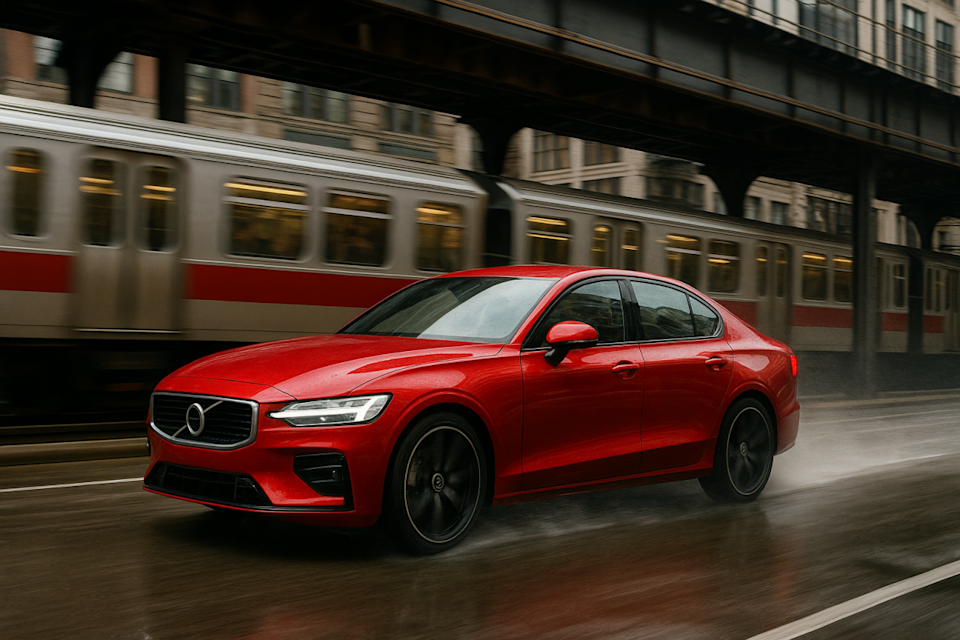
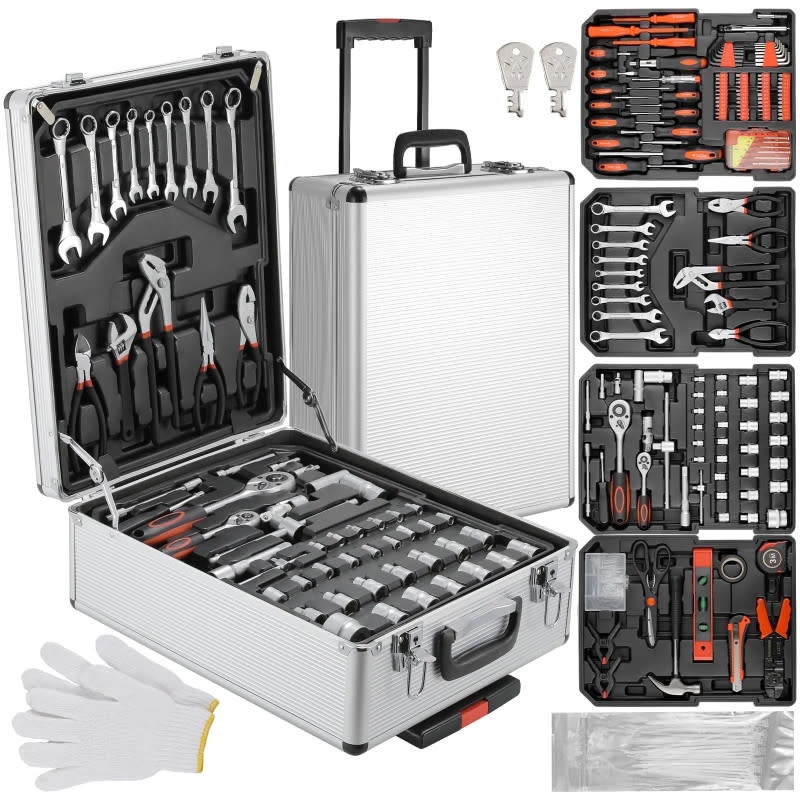
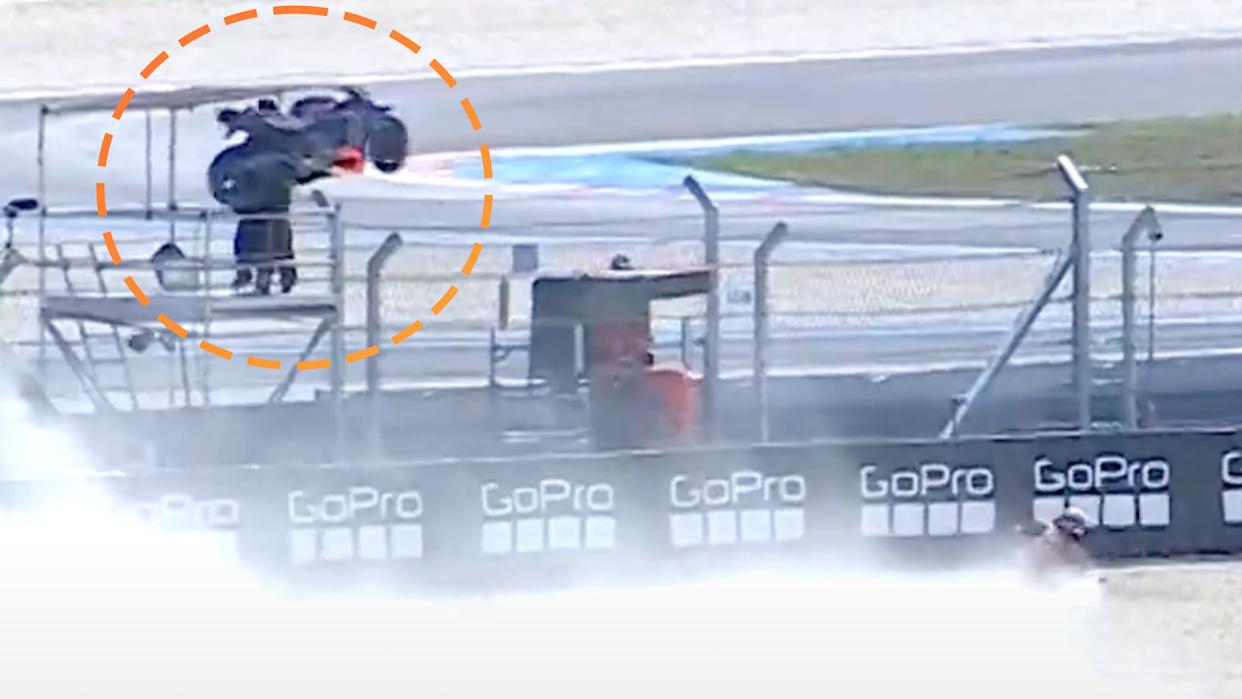
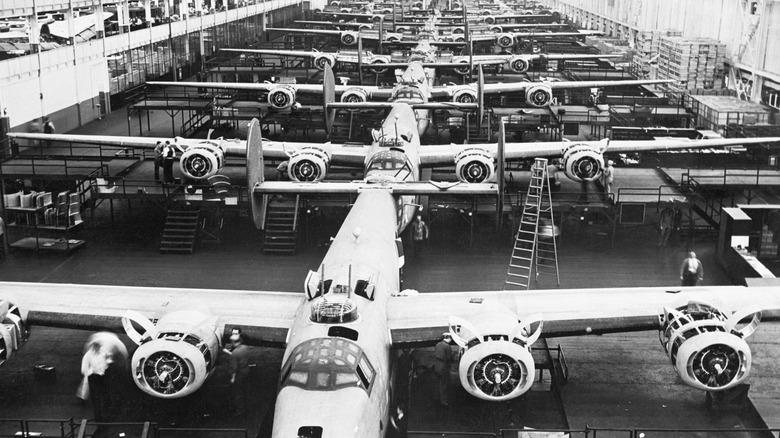

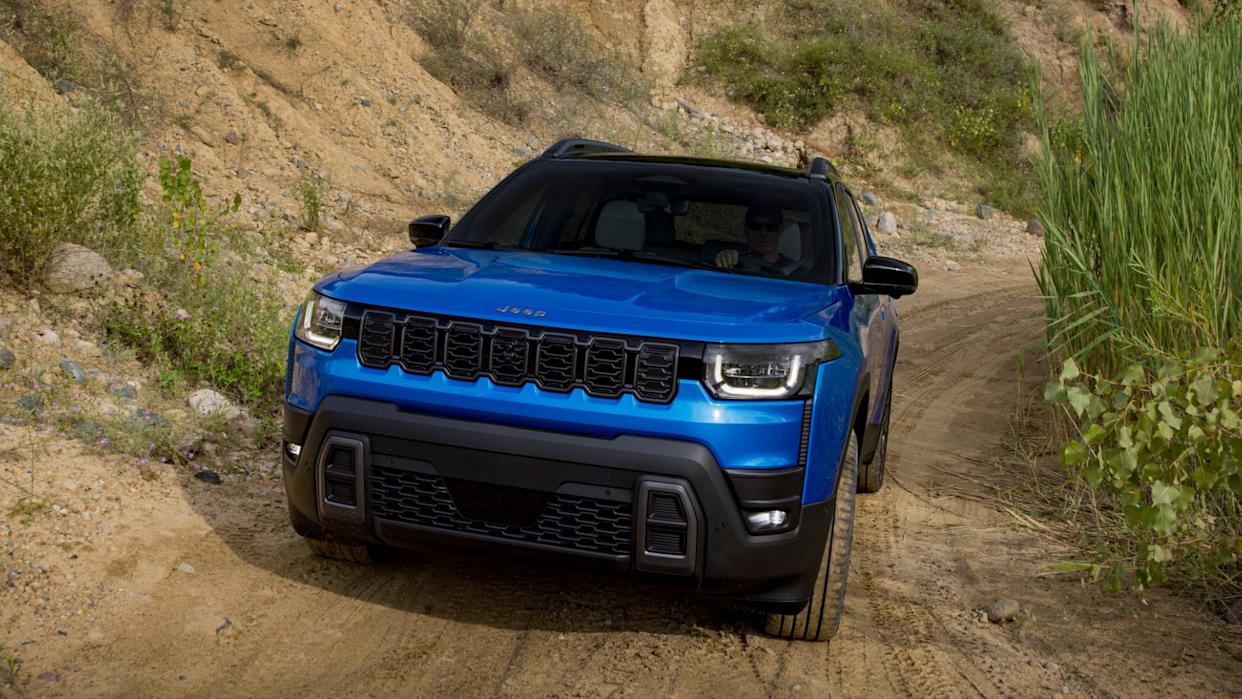
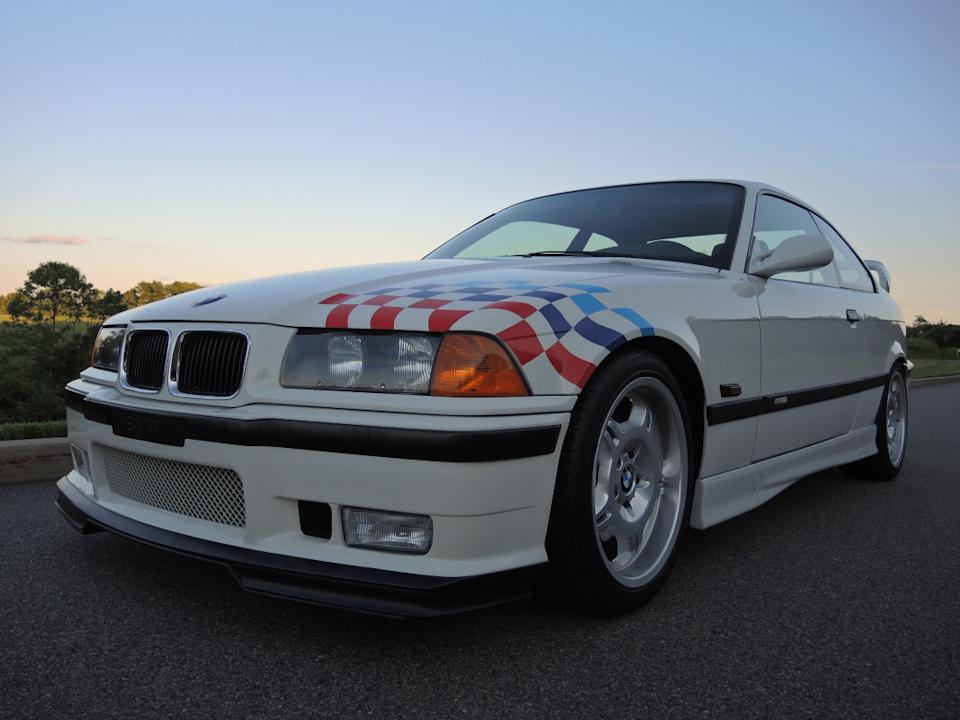
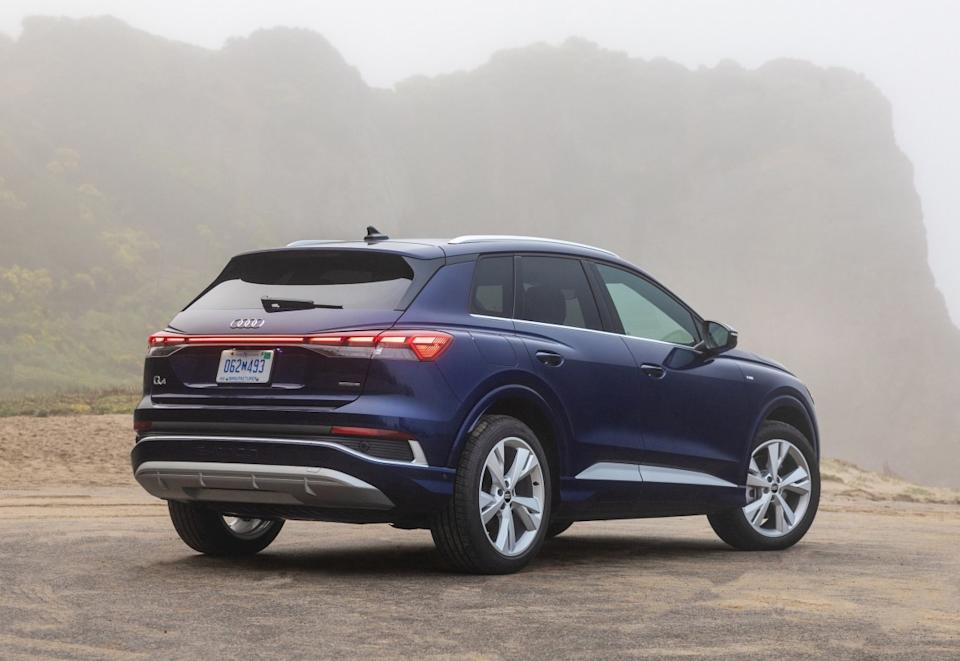
Comments